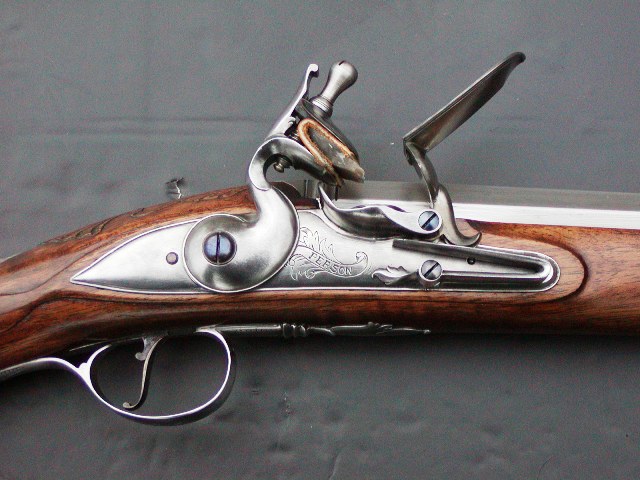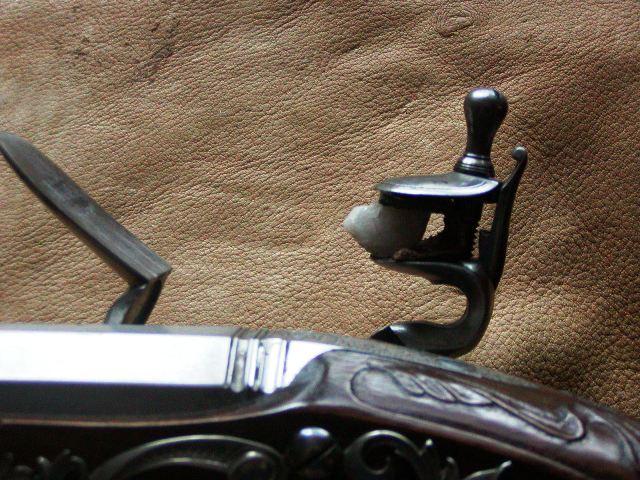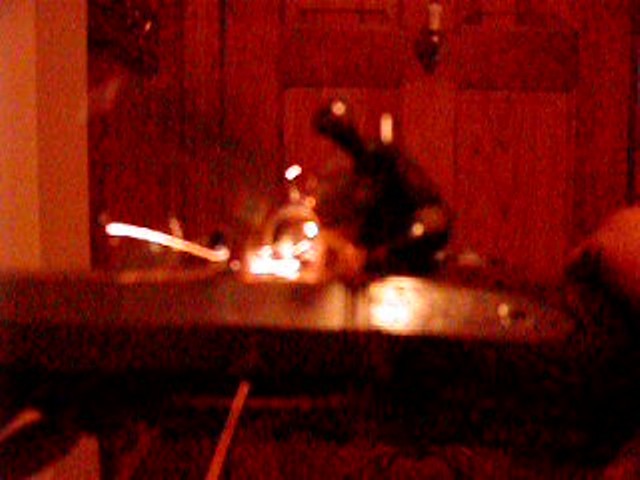GAHUNTER60
40 Cal
Dang they`re Good! I've got about 250-300 shots behind me now without a single failure to ignite the powder in the pan -- and I'm only on my second flint! The only flash in the pan I've had was due to a goop buildup on the plug in a long duration match -- easily remedied with a plug scraper.
The main reason I'm so impressed is I used to watch folks at the range shooting flinters have misfire after misfire, usually with a failure to ignite the pan powder. One guy explained that these failures were just a fact of life with flinters and part of the sport. He also said that he only got 15-20 shots out of a flint before he had to change it. Watching these guys made such an impression on me that I shied away from flintlocks for 50 years!
When I finally broke down and bought my Kibler, I did so knowing that I would have problems with misfires. Happily, I could not have been more wrong. Knowing what I know now, wish I'd gotten into flinters years ago.
The main reason I'm so impressed is I used to watch folks at the range shooting flinters have misfire after misfire, usually with a failure to ignite the pan powder. One guy explained that these failures were just a fact of life with flinters and part of the sport. He also said that he only got 15-20 shots out of a flint before he had to change it. Watching these guys made such an impression on me that I shied away from flintlocks for 50 years!
When I finally broke down and bought my Kibler, I did so knowing that I would have problems with misfires. Happily, I could not have been more wrong. Knowing what I know now, wish I'd gotten into flinters years ago.


























